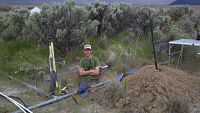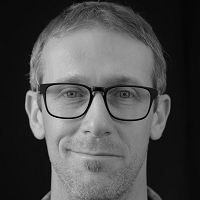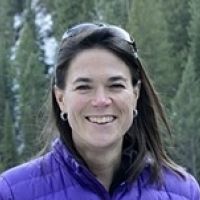ISU, USGS dryland soil carbon study at Idaho National Laboratory yields surprising results
The results of a 20-year “drylands” experiment at the Idaho National Laboratory by Idaho State University researchers and partners has yielded surprising results, including that native sagebrush shrub communities process soil carbon much differently than non-native crested wheatgrass stands. Dave Huber, a former ISU biological sciences Ph.D. student who led the study, said this has “major implications” for how rangelands are managed. New measurements and analyses were led by Huber for his Ph.D. dissertation, on a broader, long-standing and collaborative "ecohydrology" experiment led by United States Geological Survey.
Potentially, native sagebrush (which covers millions of acres of drylands in the western United States) could lose more soil carbon to the atmosphere than it stores because of climate change. Drylands make up 41 percent of land globally and almost 50 percent of land in the United States. Soils store two to three times as much carbon as the atmosphere and are sensitive to changes in climate, land-use and disturbance. If dryland soils start releasing more carbon to the atmosphere, it may speed up climate change and reduce soil health.
News Source:
READ MORE from ISU News >>
News Category:
RESEARCH
People Involved
CZO
-
Reynolds, INVESTIGATOR
-
Reynolds, INVESTIGATOR
-
Reynolds, INVESTIGATOR
Explore Further




